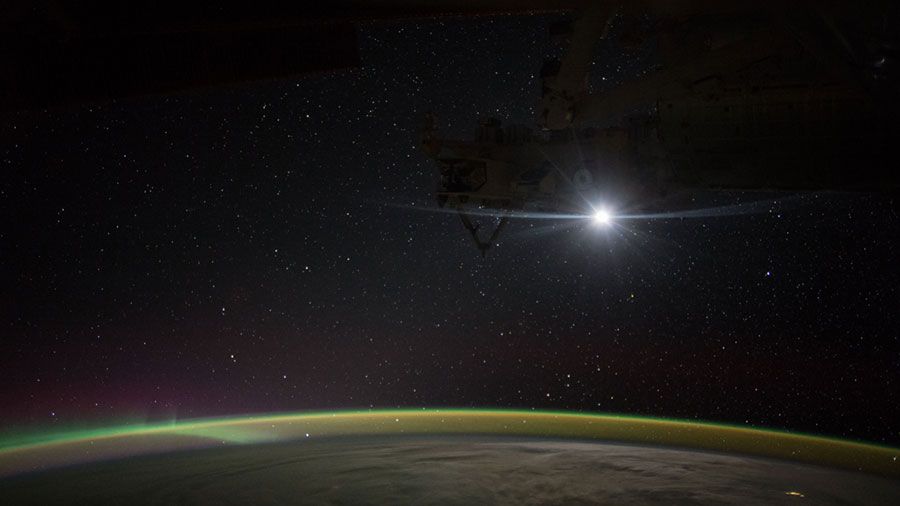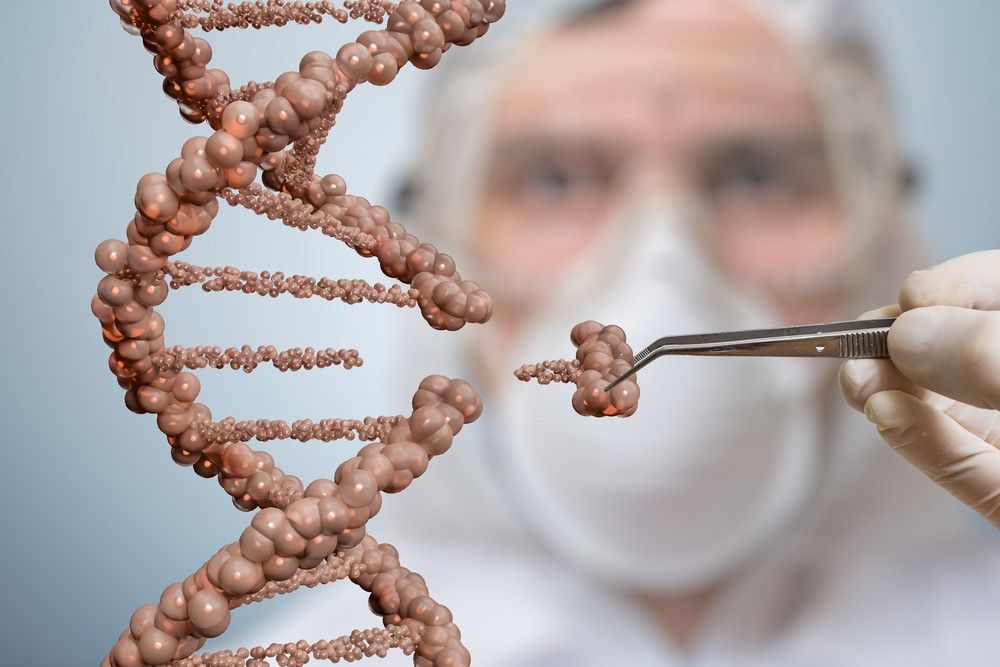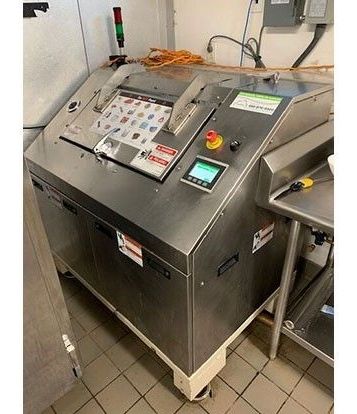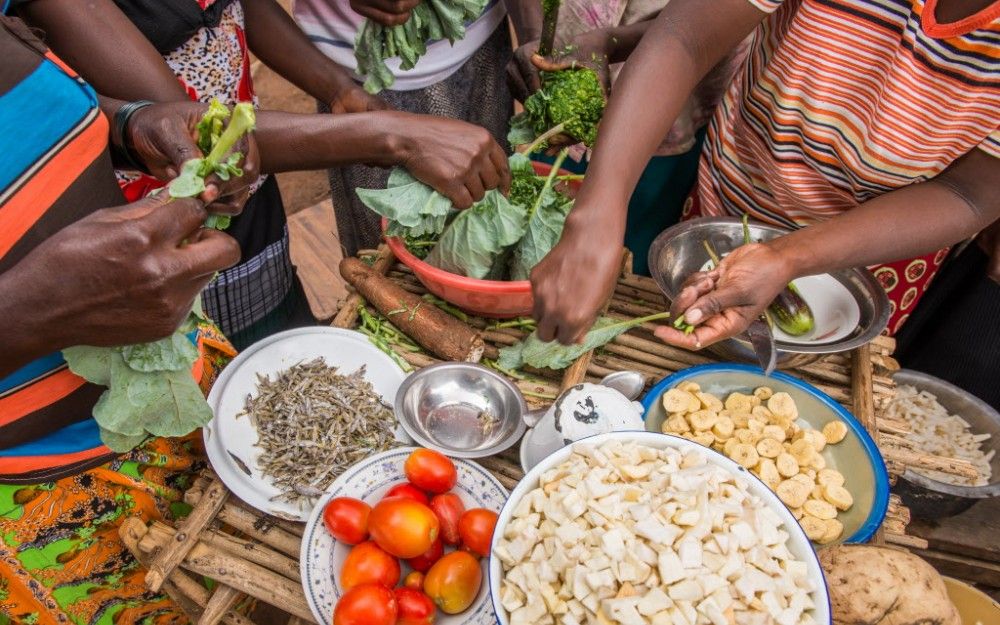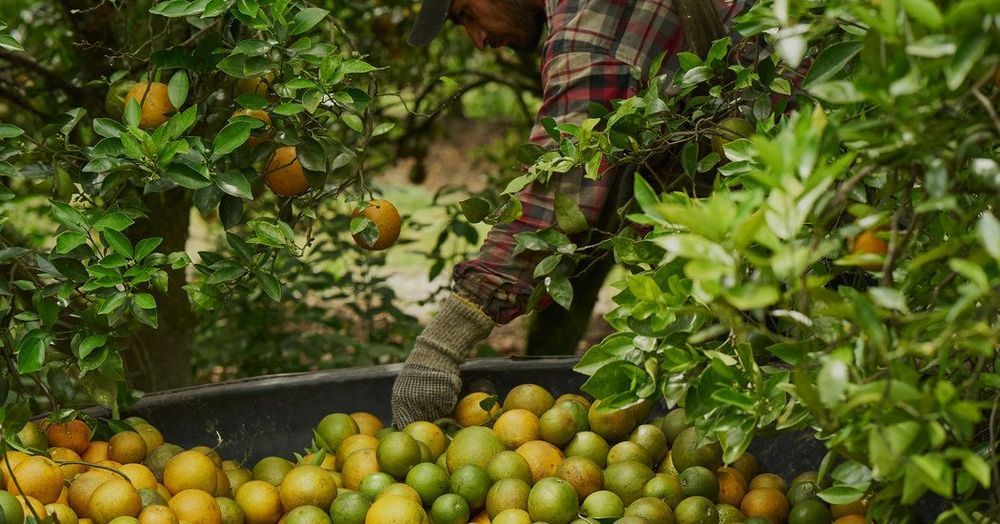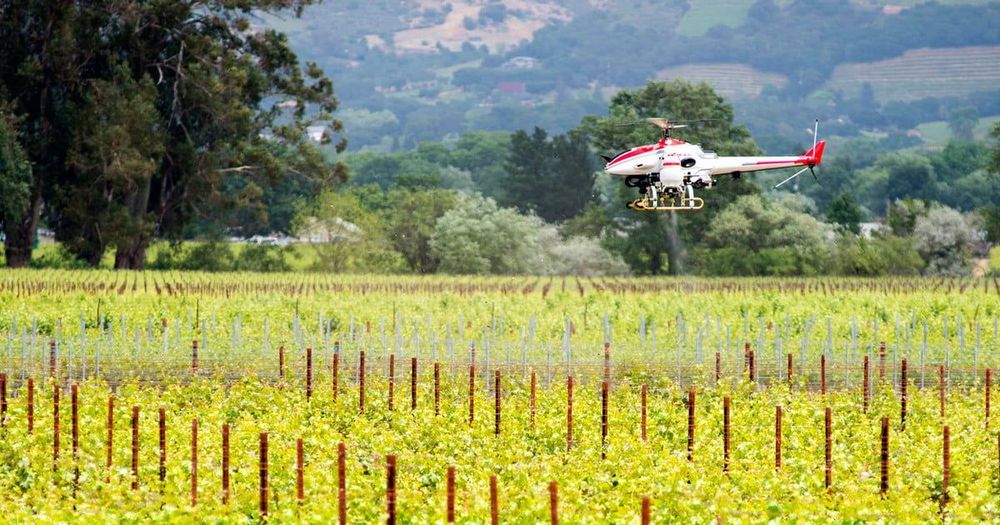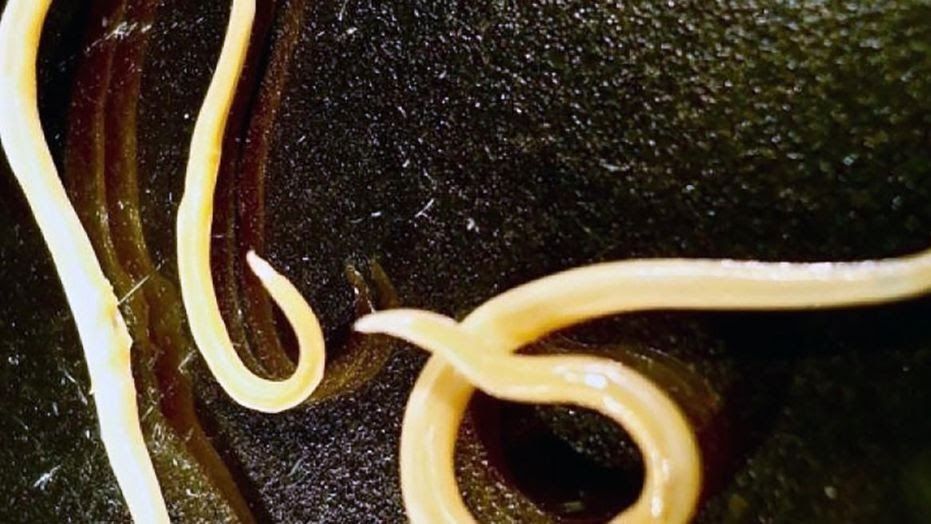The Expedition 59 crew is exploring space’s long-term impacts on biology and physics today helping astronauts go to the Moon in 2024. #Moon2024
The six residents aboard the International Space Station kicked off the workweek today exploring microgravity’s long-term impacts on biology and physics. The Expedition 59 crew is also ramping up for a fourth spacewalk at the orbital lab this year.
NASA is planning to send men and women to the Moon in 2024 and life science on the station will help flight surgeons keep lunar astronauts healthy. The space physics research will also provide critical insights to engineers designing future spacecraft and habitats for exploration missions.
Several dozen mice and their immune systems, which are similar to humans, are being continuously observed in specialized habitats. Flight Engineer Anne McClain tended to the mice today cleaning cages and restocking food in Japan’s Kibo laboratory module. Doctors are testing the hypothesis the immune response decreases in space and exploring advanced vaccines and therapies benefiting both astronauts and Earthlings.
